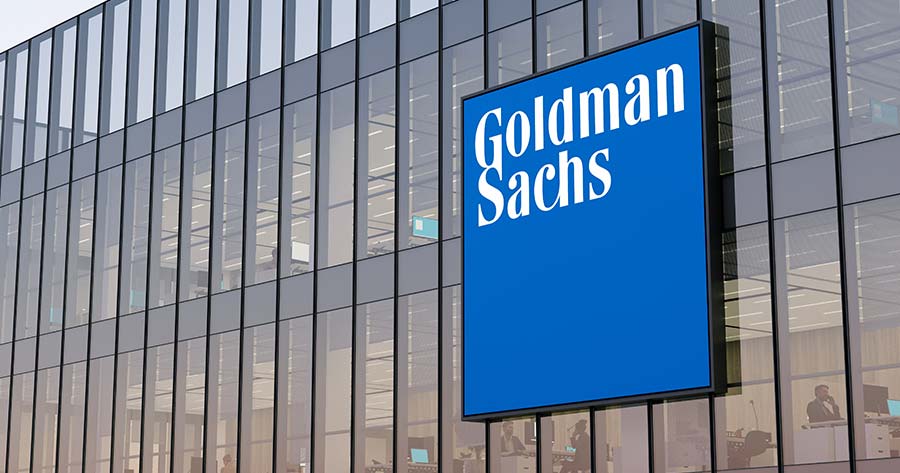As U.S. President Donald Trump’s decision on the next wave of tariffs approaches this week, Goldman Sachs anticipates that the White House’s aggressive tariff strategy could lead to higher inflation, increased unemployment, and nearly stagnant economic growth.
Goldman Sachs predicts tariff rates might rise by 15 percentage points—previously considered a “risk-case” scenario—when Trump announces new reciprocal tariffs on Wednesday. Meanwhile, exemptions for certain products and countries will likely moderate this increase to about 9 percentage points.
With the introduction of these trade measures, Goldman’s economic team, led by Jan Hatzius, forecasts significant negative effects on the U.S. economy, highlighting concerns about the April 2 tariffs posing a greater threat than many market analysts have anticipated.
Regarding inflation, Goldman Sachs projects its preferred core metric, which excludes food and energy, will reach 3.5% in 2025, representing a 0.5 percentage point rise from earlier forecasts and significantly above the Federal Reserve’s 2% target.
This inflationary pressure is expected to accompany poor economic growth, with an annualized growth rate of just 0.2% in the first quarter and 1% for the year, measured from 4Q24 to 4Q25, marking a 0.5 percentage point drop from prior predictions. Furthermore, the firm now predicts unemployment will increase to 4.5%.
Following these developments, Goldman has raised the probability of a recession in the next 12 months to 35%, up from a previous 20% estimate. The forecast implies a rising possibility of a stagflation scenario, characterized by low growth and high inflation, reminiscent of the late 1970s and early 1980s.
Though the Federal Reserve, under Paul Volcker in the past, significantly hiked interest rates, prioritizing inflation control over economic expansion and pushing the economy into a recession, Goldman Sachs’ economists do not anticipate a similar scenario this time around.
Instead, the investment bank predicted that the Fed will lower its benchmark rate three times throughout 2025. This is a revision from their earlier estimate, which projected two rate cuts.
The firm has moved the anticipated rate cut originally planned for 2026 forward to 2025, forecasting consecutive reductions in July, September, and November. These adjustments are expected to maintain the terminal rate forecast between 3.5% and 3.75%, down from the current 4.25% to 4.50%.
Moreover, although the exact details of the new tariffs remain unclear, a report from the Wall Street Journal suggests that Trump is pushing for more aggressive tariffs that could impose a 20% blanket rate on U.S. trading partners.





